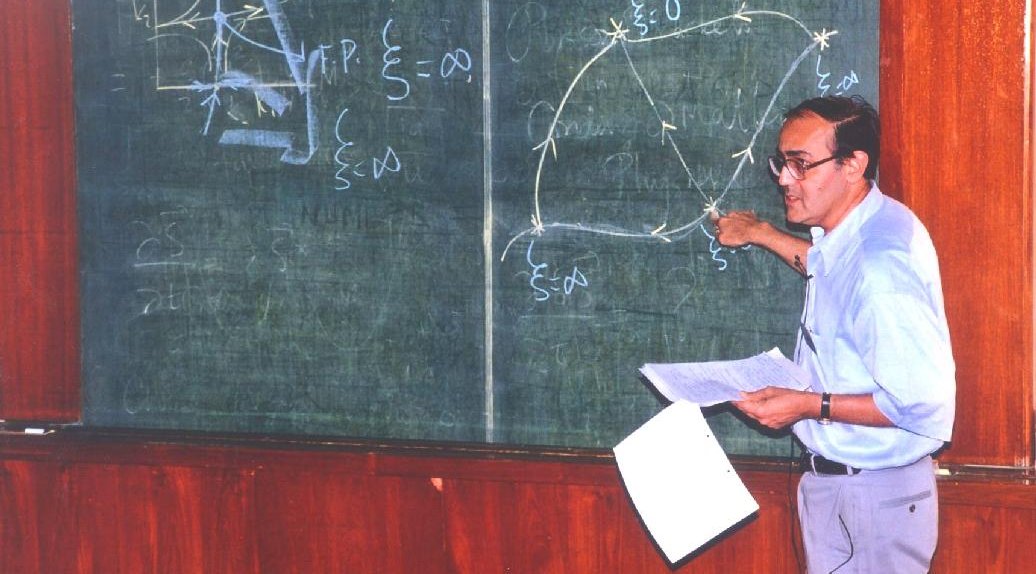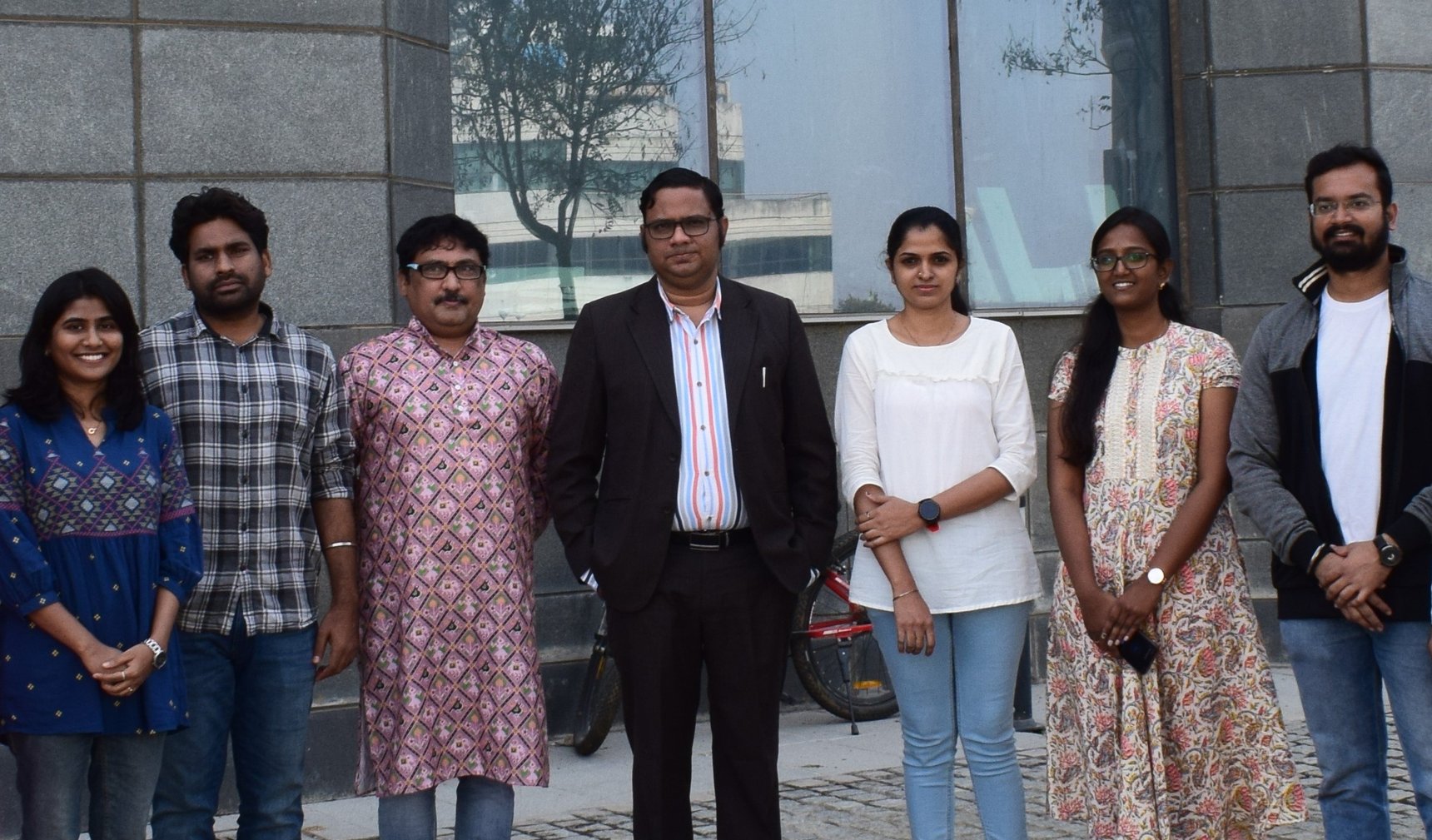
Latest Release
May, 2025- From a BS-MS Student to An Independent Scientist: My Academic Journey - Sayan Choudhury
- In Conversation with Prof. Mustansir Barma
What is InScight?
 If you are new to this site, welcome! You have reached the home page of InScight. InScight is a student-run online magazine hosted by IISER Kolkata, dedicated to making pure science accessible and engaging. More on this can be found on the about page.
If you are new to this site, welcome! You have reached the home page of InScight. InScight is a student-run online magazine hosted by IISER Kolkata, dedicated to making pure science accessible and engaging. More on this can be found on the about page.
Recent Articles
 From a BS-MS Student to An Independent Scientist: My Academic Journey
Sayan Choudhury
From a BS-MS Student to An Independent Scientist: My Academic Journey
Sayan Choudhury
Apr 16, 2025 View Article


